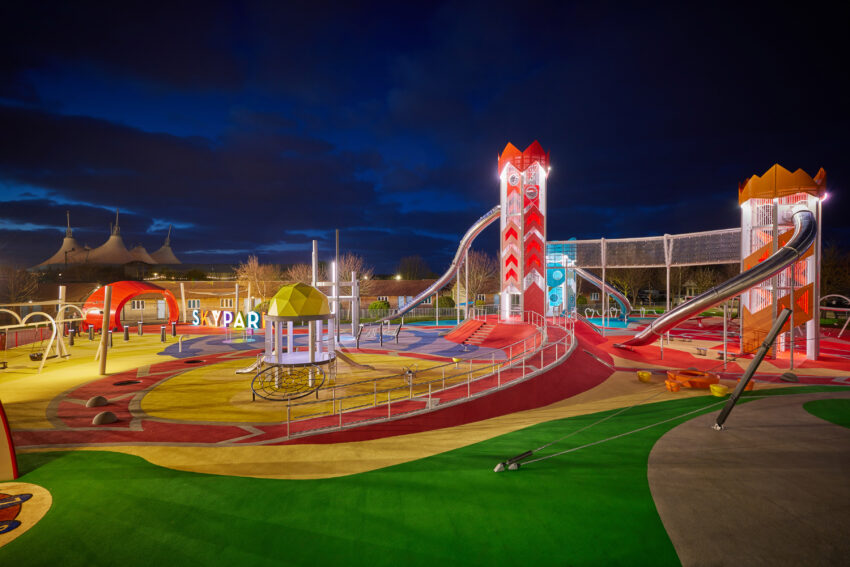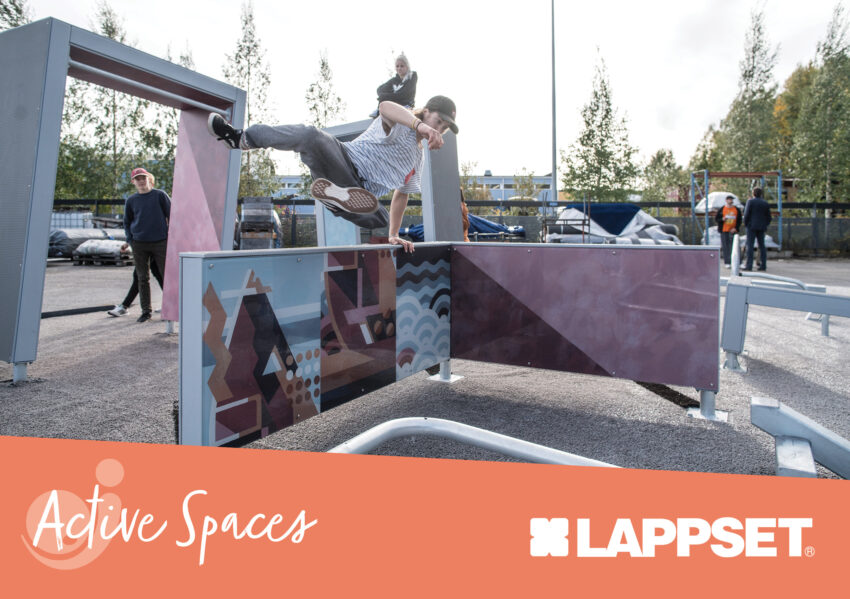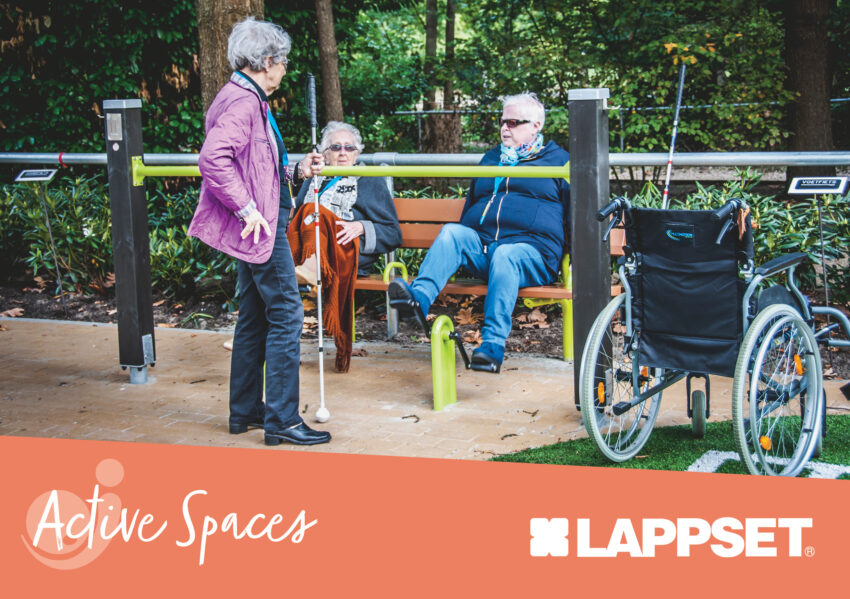CANTLEY PARK INTERACTIVE PLAY SPACE
CANTLEY PARK INTERACTIVE PLAY SPACE CANTLEY PARK INTERACTIVE PLAY SPACE THE BRIEF: The council was committed to creating a new destination play area on site
Sometimes you read a book that is a complete game-changer. For me “Wilding” by Isabella Tree was that book. It is the story of a rewilding project at a failing farm at Knepp in West Sussex, that has now become a beacon of hope for conservation in the UK. It demonstrates through some staggering statistics how letting nature take its course (with minimal human intervention) can dramatically restore the land and its wildlife in a very short space of time.
The term “rewilding” has become a real buzzword in the industry lately. At Rewilding Britain, they define rewilding as “the large-scale restoration of ecosystems to the point where nature can take care of itself. Rewilding seeks to reinstate natural processes and, where appropriate, missing species – allowing them to shape the landscape and the habitats within.” The project at Knepp shows that this approach can also work in a much smaller setting, and there has been an increasing movement towards rewilding even at a domestic scale.
My interest in rewilding has become even more entrenched since witnessing the “lockdown effect” on wildlife, resulting in an almost accidental rewilding of our urban landscapes. Local councils were unable to stretch to maintaining roadside verges and there was a dramatic increase in species as a result of this. Campaigns such as Plantlife’s “Road Verge Campaign” gained huge traction. People began to question – why do all of our greenspaces need to look so “pristine” and sterile? Where has this need for everything to look so neat (at the expense of nature) come from?
This could not be more true of so many of the playgrounds we see now. These spaces are provided for the wellbeing our children yet are often entirely lacking in natural materials and planting. As essential parts of our green infrastructure, rewilding within playgrounds – even on a very small scale – could have a beneficial impact in connecting ecosystems and increasing biodiversity. Planting in playgrounds can so often be tokenistic and considered entirely from a maintenance point of view. What if we started to accept play areas that look a little more “messy”, a little bit more wild? As a collective movement, it could have a huge impact on climate change and the welfare of the future generation.


CANTLEY PARK INTERACTIVE PLAY SPACE CANTLEY PARK INTERACTIVE PLAY SPACE THE BRIEF: The council was committed to creating a new destination play area on site
Promoting Inclusivity in Public Parks and Outdoor Spaces A Call to our Clients In the realm of outdoor play and recreation, a profound shift in

Introducing the UK’s most exciting playground… Jupiter Play & Leisure are delighted to have partnered with renowned holiday destination Butlin’s to design and

It is essential, now more than ever, to stay current on what trends are driving the future of play. Play is integral not only to

DESIGNING DASH PARKOUR: A HOLISTIC R&D-PROJECT Design is an empathic way of thinking and working, and in our field, designer is the cross-field intermediary who

Landscape designer Arja Paula speaks about aspects to consider when designing a Senior park. I prefer the term senior park because it is more of

Accreditations:






Subscribe to our newsletter to keep up to date with whats happening:
Edinburgh
9 Ainslie Place
Edinburgh
EH3 6AT
Nottingham
The Coach House
2 North Road
West Bridgford
NG2 7NH